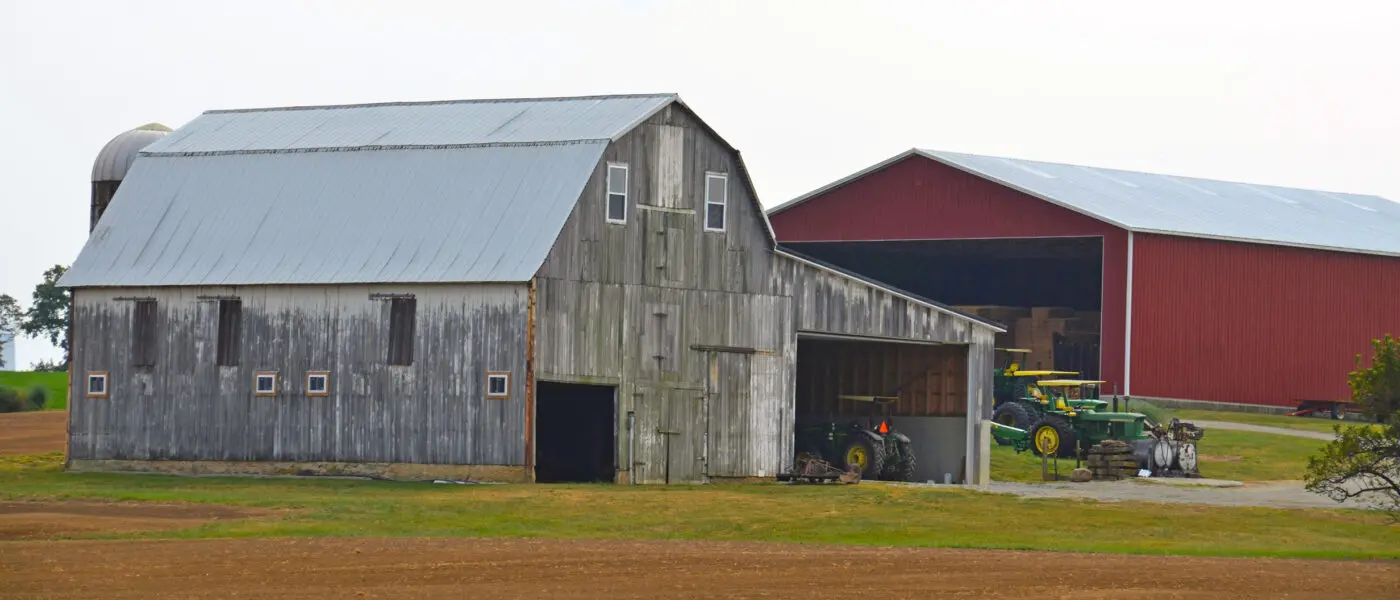At the end of July, Secretary of Agriculture Brooke Rollins announced her “USDA Department Reorganization Plan.” The plan (outlined in this PDF) claims to improve effectiveness of the department through “unifying” and “optimizing” its functions. In reality, the plan slashes USDA staff and reduces the department’s capacity to serve farmers and communities.
Why is the USDA important?
As the federal agency charged with overseeing agriculture and food production, the United States Department of Agriculture (USDA) plays a big role in America’s farm and food system. It’s a critical resource not just for farmers, but also for eaters and rural communities. Among other vital functions, USDA works to keep our food supply safe by monitoring pest and disease threats, providing disaster assistance for farmers impacted by severe weather events, administering critical lending services and land access resources to farmers, conducting outreach and education for farmers navigating the federal application process for conservation programs and administering the Supplemental Nutrition Assistance Program (SNAP) as well as other nutrition programs that empower people to use their benefits at farmers markets.
Farming practices vary widely depending on where you’re farming; USDA’s field offices allow farmers to access and work with local staff who take regionally tailored approaches to addressing farmers’ needs.
What is the proposed plan?
The reorganization plan would reduce staff in Washington, DC (currently about 4,600 people) by up to fifty percent by requiring that staff relocate to one of five USDA hubs in Raleigh, NC; Kansas City, MO; Indianapolis, IN; Fort Collins, CO; and Salt Lake City, UT. More than 2,000 USDA staff currently working in Washington, DC will either have to relocate or lose their jobs.
The plan also calls for eliminating regional field offices and instead locating offices in the hub locations, despite the fact that not all the hub locations are in agriculturally dense areas. Without local field offices, farmers will not have access to staff in their region. Under the plan, the nearest USDA Hub for farmers in New England would be in North Carolina; farmers in Washington state would have to rely on a Hub in Utah.
Additionally, the agency plans to sell and conclude work at its Beltsville Agricultural Research Center, one of the world’s largest agricultural research centers, and its George Washington Carver Center, which would result in the loss of decades-worth of long term research projects working to address agricultural challenges and help American farmers. The Beltsville Agriculture Research Center recently underwent major, multimillion dollar upgrades, making the financial argument for selling it hard to justify.
The USDA has already lost over 18,000 employees since January through Department of Government Efficiency (DOGE) cuts and the Deferred Resignation Program. Under Secretary Rollins’ plan, an estimated 30,000 additional staff would be lost, or about one-third of the agency’s employees. USDA staffing has remained at about 100,000 employees for the last several decades with the vast majority of staff residing outside of DC. The Trump Administration’s staffing cuts would be unprecedented.
What does this plan mean for farmers and rural communities?
While Secretary Rollins is branding this plan a “reorganization,” in reality, it is the dismantling of a department with critical responsibilities for our country. These proposals, which would be the biggest changes to the agency in its history, are moving ahead without public input or Congressional approval. After public outcry, USDA opened a public comment period through September 30, 2025, but it directs comments to a generic email address rather than to the formally published Federal Register. Restructuring an organization is not inherently bad, but the process must take into account the mission of the agency and the needs of farmers and stakeholders. Instead, this reorganization appears designed to cut as many costs and personnel as possible at the agency without consideration for the impacts these cuts will have.
We know that moving USDA will result in a loss of staff, because it’s happened before. In 2019, the first Trump administration relocated the Economic Research Service and the National Institute of Food and Agriculture, the agencies in charge of agricultural data and agricultural scientific research, out of Washington, DC. The agencies lost more than half of their staff and years-worth of expertise and capacity.
Even before these proposed changes, USDA field offices have struggled to meet the demand for their services. USDA already has field staff where they’re needed: these offices need more staffing, not less. Conservation programs and services, especially, are chronically oversubscribed and underfunded. It takes years of training and experience before the technical services providers who administer and implement these programs can fully serve farmers; recruiting and training enough staff has been a longstanding challenge for the USDA. Among many other consequences, these staff losses would hinder USDA’s ability to provide critical reports that industry and farmers depend on.
A rushed, unplanned, arbitrary “reorganization” means disrupted research, longer waits for farm services, and hinders USDA from being able to fulfill its mission fully and effectively.



